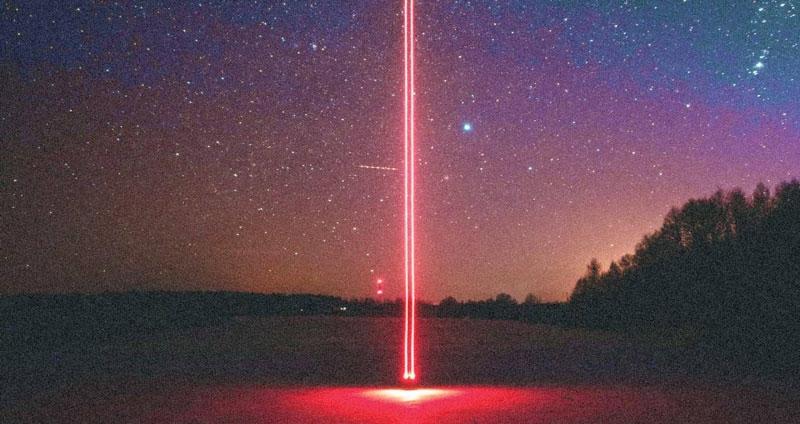NASA has announced that it used an advanced laser communication system to transmit a video from space, featuring a cat named "Tatters," from a distance of 19 million miles (31 million kilometers) from Earth, marking a historical milestone. This achievement is part of a technical demonstration by NASA aimed at broadcasting high-definition video and other data from deep space, facilitating future human missions beyond Earth's orbit. NASA's Deputy Administrator Pam Melroy stated, "This achievement confirms our commitment to developing optical communications as a key element to meet our future data transmission needs."
The demonstration transmitted a 15-second test video starring the "Tatters" cat, belonging to an employee at the Jet Propulsion Laboratory (after filming and transferring the footage using advanced technology with a space mission), through a sophisticated tool called a "laser communication transceiver." The video signal took 101 seconds to reach Earth, where it was decoded, resulting in the successful streaming of video from deep space. The laser communication technology, launched with NASA's Psyche mission on October 13, is designed to transmit data from deep space at rates 10 to 100 times greater than the modern radio frequency systems currently used by deep space missions. Traditionally, space missions rely on radio waves for data transmission and reception, but using lasers can enhance the data rate by 10 to 100 times.




